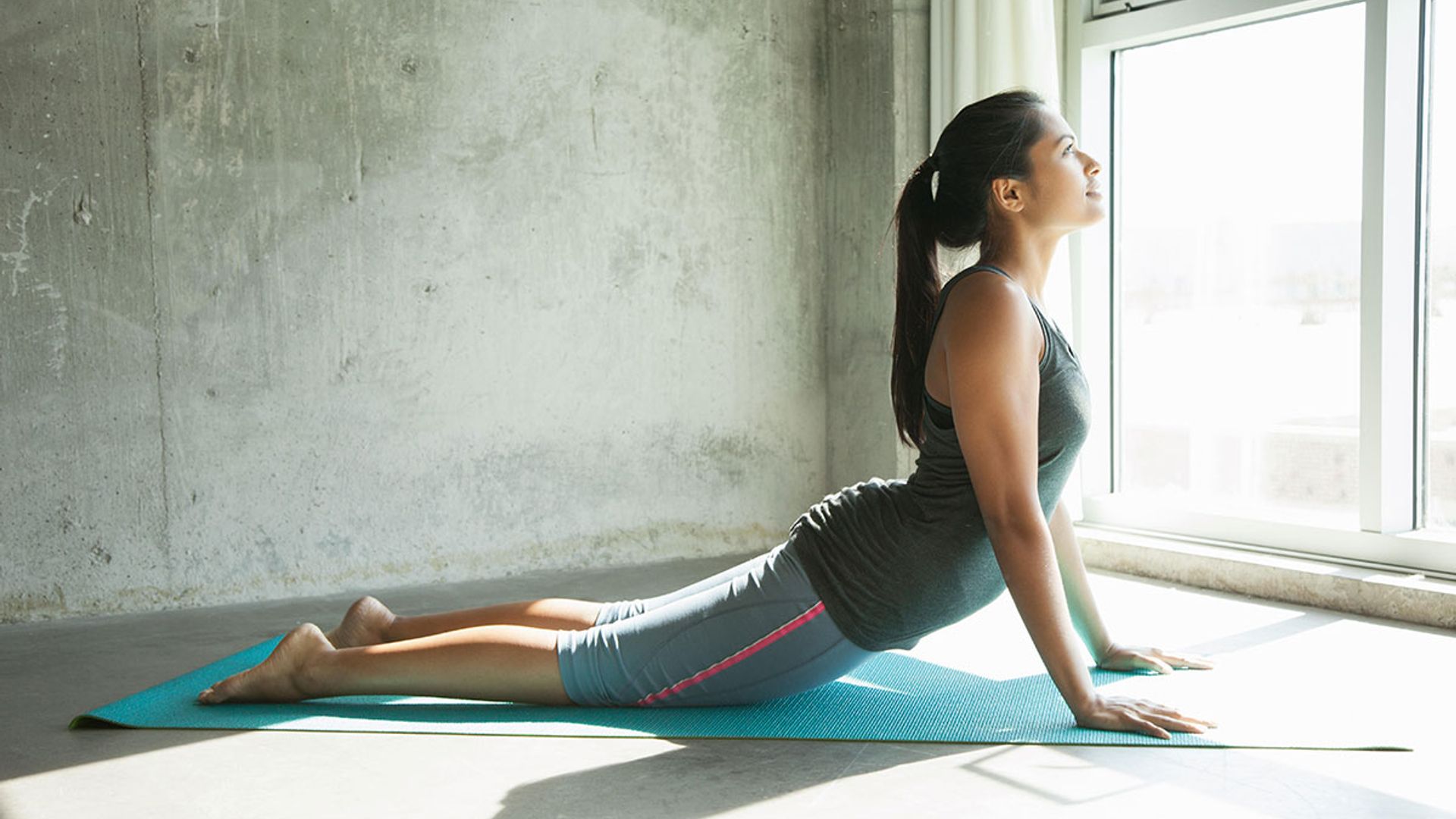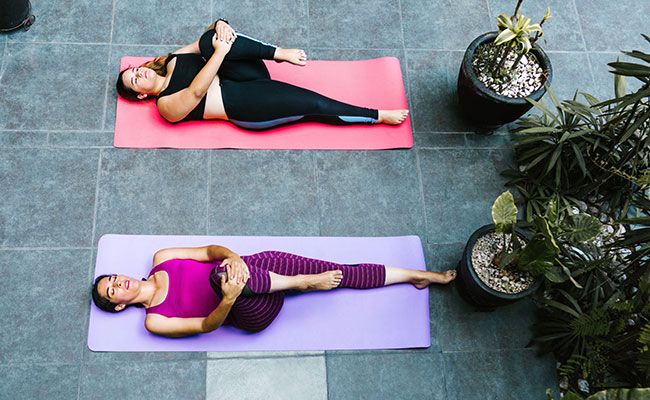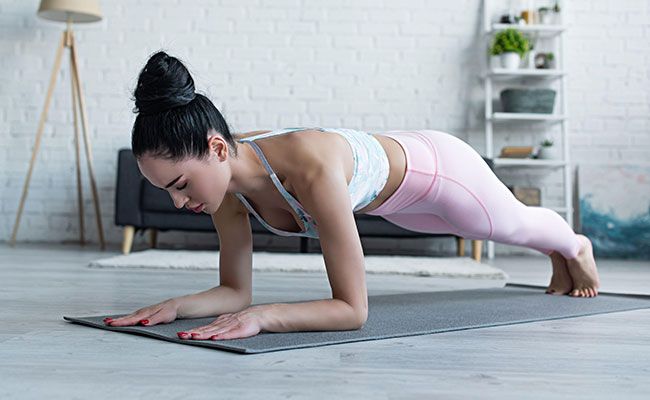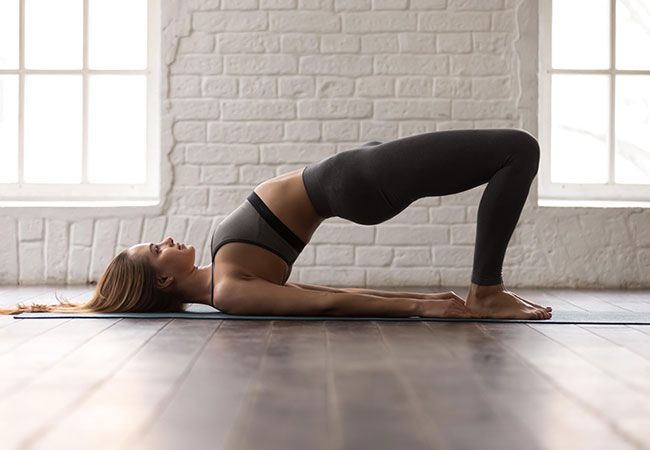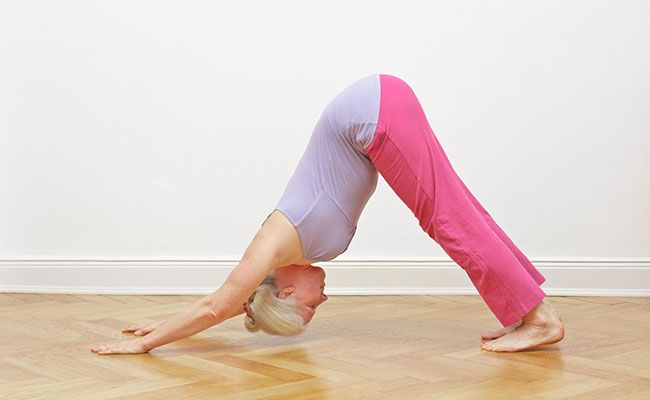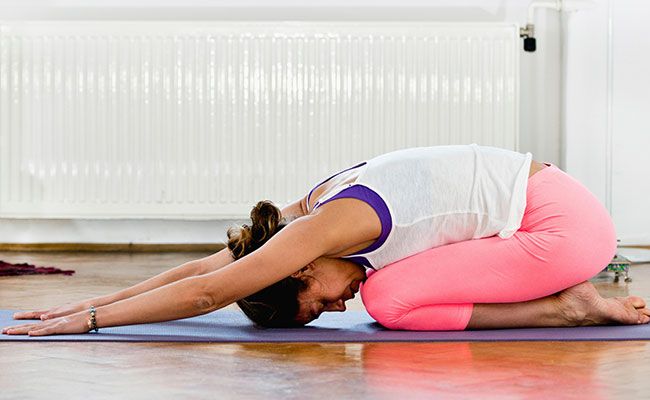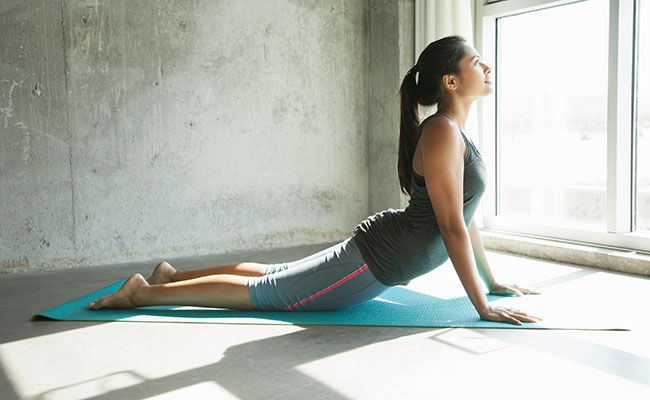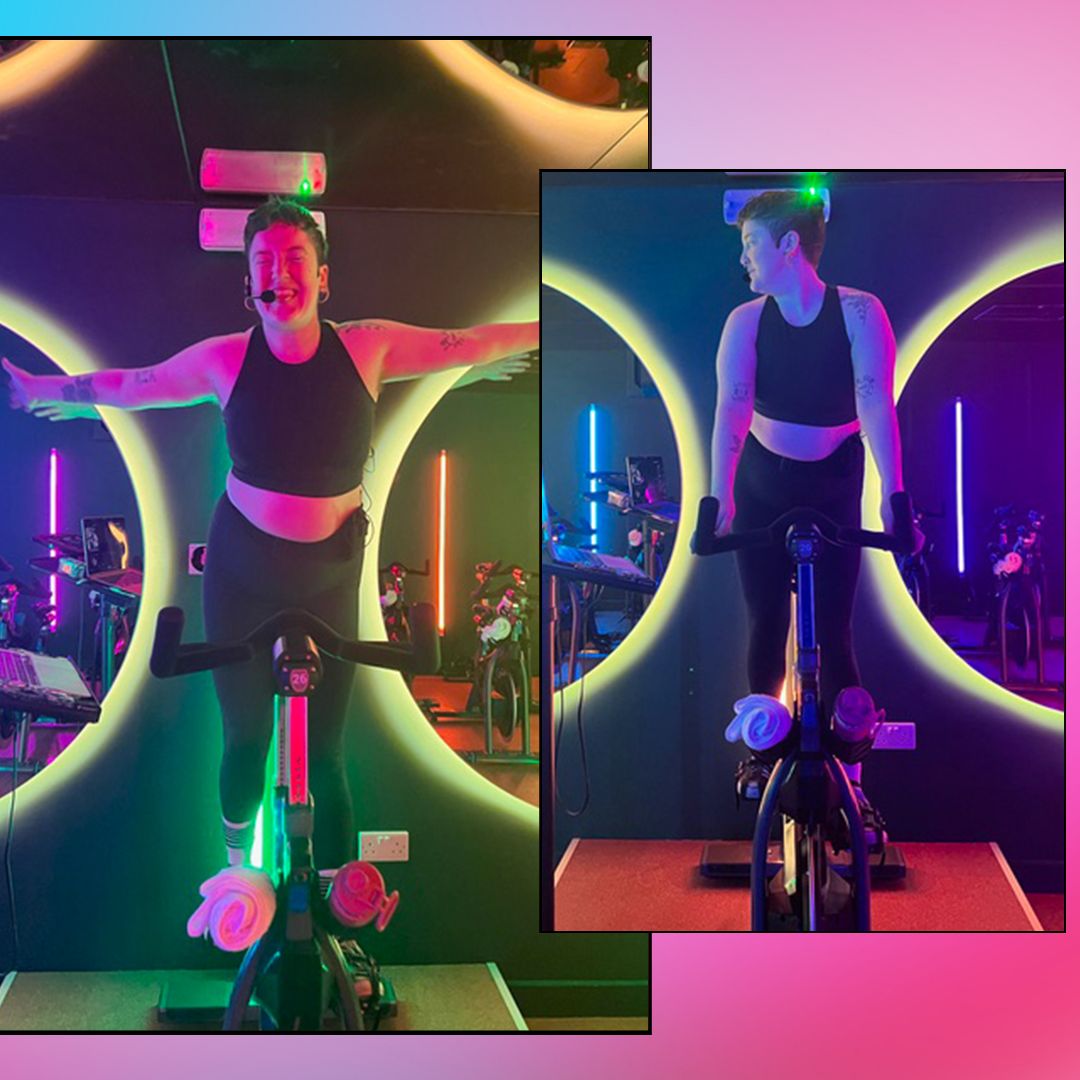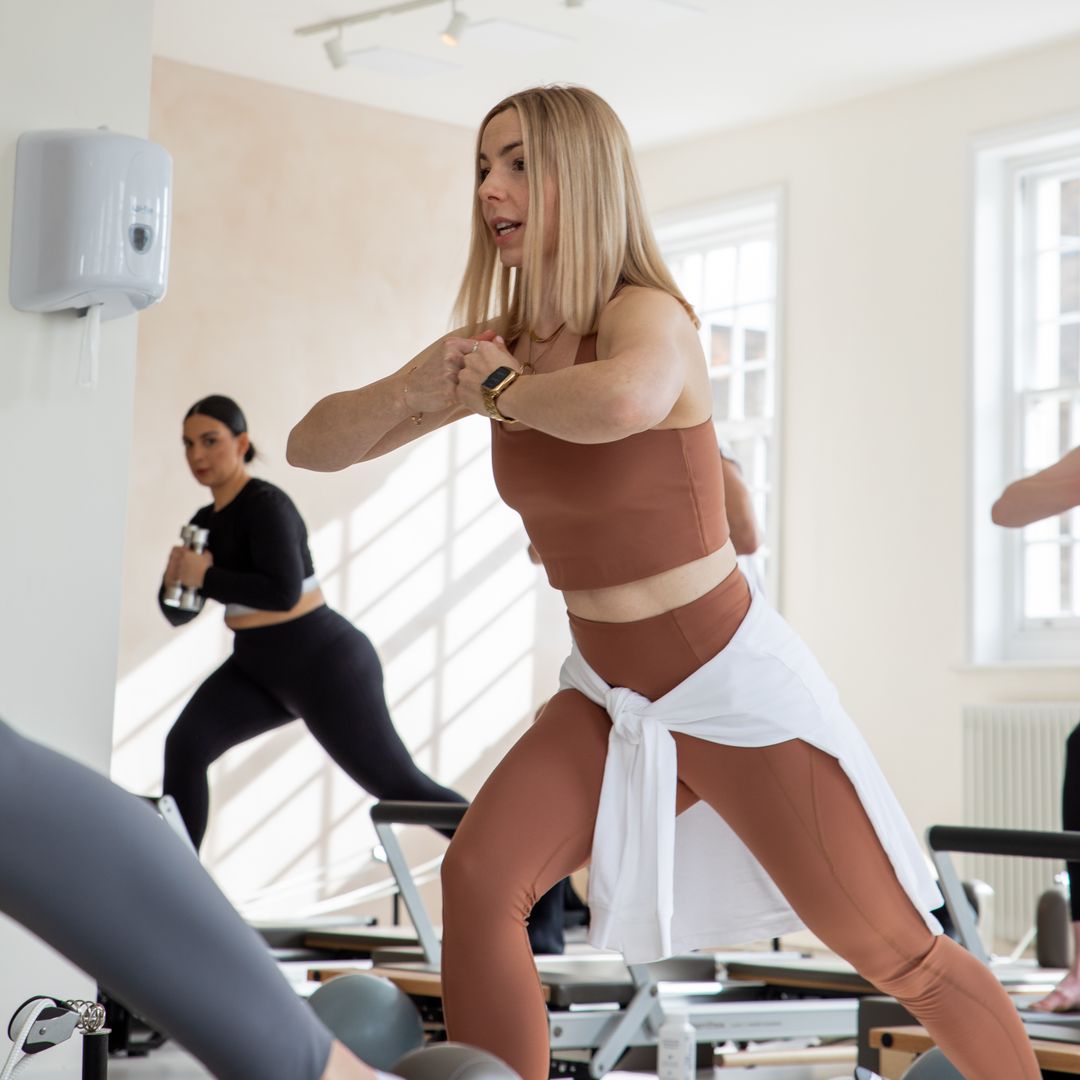Lower back pain is up there with one of the most irritating kinds of pain. It can feel like mission impossible to make it go away, while sitting at a desk for the majority of most days only makes it worse. What you might find comforting to know is that it affects one third of the UK adult population, but even more reassuring is that there are stretches for lower back pain proven to actually work. Osteopath Anisha Joshi talks us through how and why stretching actually helps, the causes of lower back pain and the very best stretches for lower back pain.
SEE: 10 of the best back massagers for aches and pains
Is stretching good for lower back pain?
It's a resounding yes from both Anisha and all existing research, providing that your lower back pain isn't coming from an acute injury. "I always say prevention is better than cure: taking care of your body reduces the likelihood of suffering from debilitating pain, including lower back pain, and allows you to keep doing what you love for longer," Anisha begins. "One important thing to remember is stretching first thing in the morning to awaken your muscles and to keep moving." She adds that this is even more important when working from home, since "it’s easy to lose track of how long you have sat in one place so set an alarm and move every 45 minutes".
WATCH: Eamonn Holmes give update on chronic back pain
Spine Health adds that stiff muscles can put strain on the spine which in turn, causes pain, and limits the spine's natural movements. "Stretching lower back and lower body muscles can alleviate tension, reduce pain, and better support the spine."
Easing lower back pain is a double-pronged practice: lengthening and strengthening the lower back muscles.
MORE: 23 best home workouts to help you achieve your goals
Lower back pain causes
- Mechanical or soft tissue injuries. Anisha says: "The most common cause of lower back pain I've seen in the clinic is a muscle sprain. A lower back sprain or strain can happen suddenly, or may develop slowly over time as a result of repetitive movements. A strain normally occurs when a muscle is stretched too far, irritating the muscle itself, while a sprain is typically a result of overstretching and micro tears of affected ligaments, which connect the bones together. Strains and pains can occur in a number of ways, for example, lifting heavy objects, sleeping awkwardly, or sports injuries especially when practicing high impact sports."
- An imbalance in the piriformis muscle. Anisha explains that an off-kilter piriformis muscle – located in the glutes, near the top of the hip joint – is another common cause of lower back pain, while it can also "predispose people to symptoms of sciatica."
Back stretches for lower back pain
1. Knee to chest stretch
- Lie on your back with your knees bent and your feet flat on the floor. This is called the supine position.
- Gently raise one bent knee up enough so you can grasp your lower leg with both hands. Interlace your fingers just under the knee.
- If you’re doing the two-legged version, bring one leg up and then the other. Taking both legs up at the same time takes a lot of abdominal strength, so starting with one and then quickly following with the other is likely safer, especially for vulnerable backs.
- As with the single-legged version, if you are taking both up at the same time, interlace your fingers or clasp your wrists between the lower legs, just below the knees.
- Gently pull your bent knee or knees toward your trunk, using your hands.
- While you're pulling, try to relax your legs, pelvis, and low back as much as you can. The knees-to-chest better reaches low back muscles when used passively.
- Hold for a few seconds.
- Return your leg to the floor.
- Repeat on the other side.
2. Plank
(A strengthening exercise that also lengthens the muscles and can act as a stretch.)
- Lay in the plank position holding your body up with your arms shoulder width apart, forearms and toes on the floor.
- Keep your hips in line with your shoulders but keep your shoulders relaxed and don’t grip. your hands too much.
- Engage your abdominal muscles and ensure you are strong and stable.
- Hold for 30 seconds.
Glute stretches for lower back pain
3. Glute bridges
- Begin by lying down on a soft mat on your back with knees bent and legs hip-width apart.
- Press your heels to the floor and squeeze your glutes as you slowly raise your hips upwards but not too high as you don’t want to overarch your back.
- Gently lower your body back into the starting position and repeat.
- Do 20 reps.
SEE: Best home gym equipment to make exercising at home easier
Yoga stretches for lower back pain
4. Downward Dog
- Begin in a kneeling position on your mat with hands directly under shoulders, fingers spread wide.
- Tuck your toes under and engage your abdominals as you push your body up off the mat so only your hands and feet are on the mat.
- Press through your hands moving your chest gently toward your thighs and your heels gently toward the floor.
- Relax your head and neck and breathe fully.
- Hold for 30 seconds.
5. Child’s Pose
- Come to your hands and knees on the mat.
- Spread your knees as wide as your mat, keeping the tops of your feet on the floor with the big toes touching.
- Bring your belly to rest between your thighs and root your forehead to the floor. Relax the shoulders, jaw, and eyes. If it is not comfortable to place the forehead on the floor, rest it on a block or two stacked fists. There is an energy point at the center of the forehead in between the eyebrows that stimulates the vagus nerve and supports a "rest and digest" response. Finding a comfortable place for the forehead is key to gaining this soothing benefit.
- There are several possible arm variations. You can stretch your arms in front of you with the palms toward the floor or bring your arms back alongside your thighs with the palms facing upwards. These are the most common variations. But you can also stretch the arms forward with palms facing up for a shoulder release or try bending the elbows so that the palms touch and rest the thumbs at the back of the neck. In this position, inch the elbows forward.
- Hold for 30 seconds.
6. Cobra
- Lie on your belly.
- Come onto your forearms, with your elbows directly under your shoulders and parallel to each other.
- Stretch your legs straight back, about hip-width apart.
- Spread your toes wide and press the tops of your feet into your mat.
- Firm your legs, and roll your inner thighs up, your outer thighs down. Press your tailbone toward your feet, lengthening your lower back.
- Press down into your forearms to lift your chest up.
Like this story? Sign up to our newsletter to get other stories like this delivered straight to your inbox.
